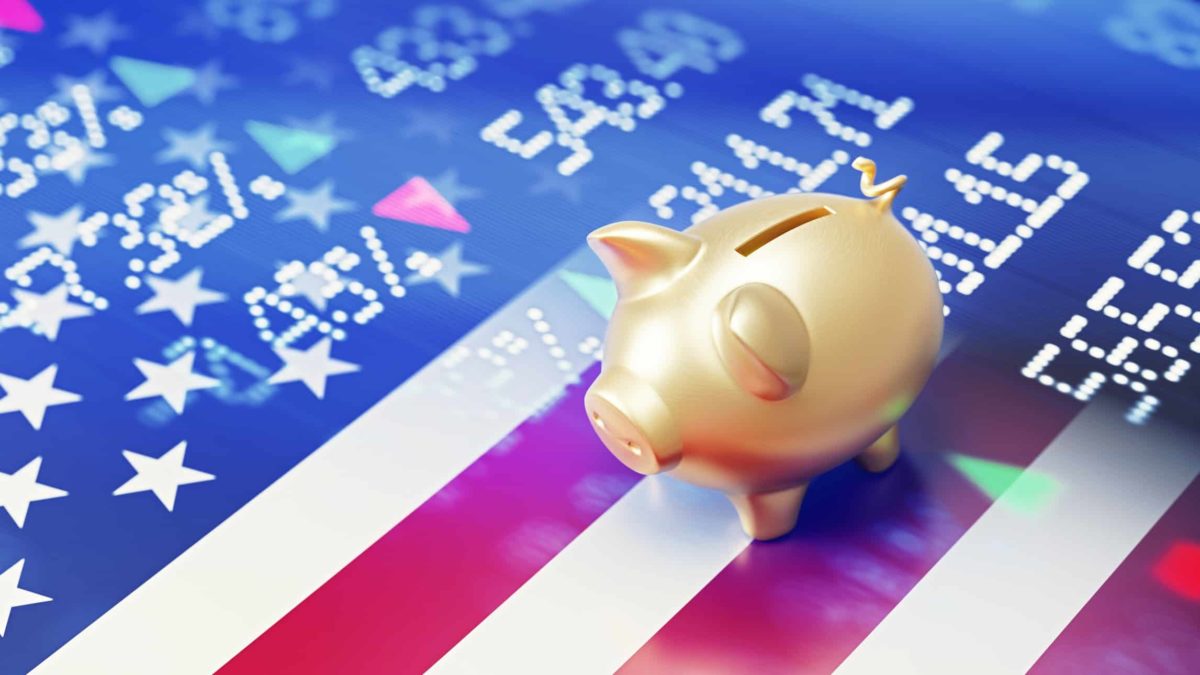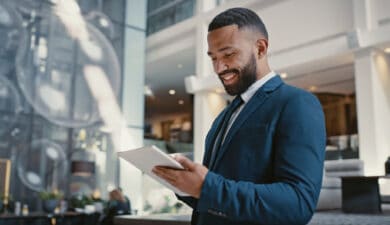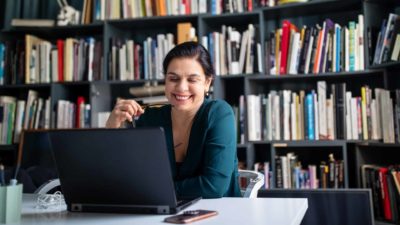ASX investors, even the most patriotic ones, can't deny that the returns of Australian shares haven't exactly matched the performance of their counterparts in the United States of America.
Sure, ASX 200 shares and S&P 500 shares both have a proud history of delivering life-changing wealth to both (but not exclusively) Australians and Americans. But one has delivered more than the other over the past decade.
That one is, of course, American shares. The S&P 500 Index (SP: .INX) has, quite simply, beaten the pants off the S&P/ASX 200 Index (ASX: XJO) for more than a decade.
Let's go through the numbers (this might be tough for our most patriotic investors).
As of 31 July, the ASX 200-tracking index fund iShares Core S&P/ASX 200 ETF (ASX: IOZ) returned 13.37% over the preceding 12 months (growth plus dividends). Over the past three years, this ETF has managed a 7.35% per annum. That rises to 7.43% per annum over the past five years and 7.87% per annum over the past ten.
In contrast, the ASX's most prominent S&P 500 shares tracker, the iShares S&P 500 ETF (ASX: IVV), has delivered a 25.63% return over the 12 months to 31 July.
Over the past three years, this exchange-traded fund (ETF) has returned an average of 12.68% per annum. That rises again to 15.9% per annum over five years and 16.98% per annum over the past ten.
To understate it, we have a clear winner.
So case closed, right? Should we just sell our ASX 200 shares and index funds and swap them out for an S&P 500 equivalent?
Should we sell our ASX 200 stocks and buy S&P 500 shares?
Well, not so fast. If we look at the stunning performance of S&P 500 shares, it's clear that they have been driven to such dizzying heights over the past decade by a few of the largest companies in the world. Think of those now-famous names like Apple, Microsoft, Nvidia, Tesla, Amazon, Alphabet, and Meta Platforms.
These S&P 500 shares have repeatedly dazzled investors with their breakneck profit growth, which, for most of these names, shows little sign of slowing.
That's why the Tesla stock price, for example, has gone up almost 1,500% over the past five years. The Nvidia share price, unbelievably, has run rings around that with its five-year blowout of 3,101%.
Now, the ASX 200's largest shares, like Commonwealth Bank of Australia (ASX: CBA) and CSL Ltd (ASX: CSL), have done just fine over the same period. But the extent of the growth was nothing like what the S&P 500's largest companies have delivered.
So, with returns like that, it's perhaps no surprise that the S&P 500 has beaten the ASX 200 like a drum.
We don't have to choose
But here's the thing. I don't think it's likely that the largest S&P 500 shares will deliver gains anything close to those four-digit surges over the coming five years. That would drive Nvidia, for example, into a market capitalisation worth hundreds of trillions of dollars by 2029. Now, I'm not saying that cannot happen. I just think it is highly unlikely.
It's easy to let what has happened over the past decade guide our investing decisions. But that would be a mistake. Investing markets tend to operate in cycles that last longer than one decade.
We can see this if we check out the IVV ETF's longer-term metrics. This index fund may have delivered a 16.98% per annum over the past ten. But it has returned a far more sobering 6.97% per annum since its ASX inception in 2000. An ASX 200 index fund would have beaten that over this time frame.
As such, I think the best course of action for any investor tossing between ASX 200 stocks and S&P 500 shares is to simply buy both. Australian shares and American stocks are both high-performing investments that offer different exposures to diverse corners of the global economy. Holding both in one's portfolio will get an investor the best of both worlds.









